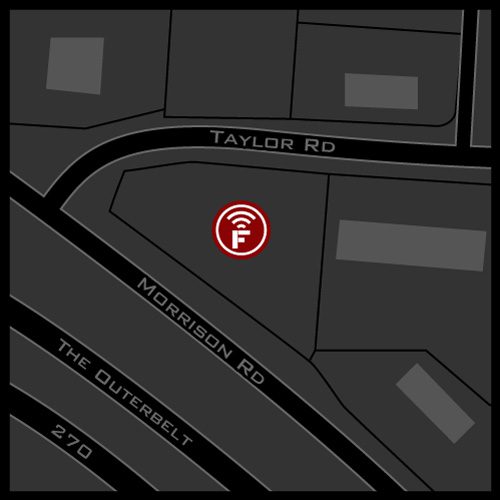
There are a lot of ways to get a website built. You can build one from ones of those janky site builders or hack one together on your own with WordPress and a $90 template. For a lot of small businesses in Utah, that might seem like a solid web development decision, but for those who want to stand out, it ain’t gonna cut it.
The best thing you can do is build something fresh from scratch. If you want to stand out among millions of businesses from Utah to Ukraine, it’s the only option you have. The question is, then, who can make it happen?
A lot of businesses are tempted to use freelancers, and several websites have popped up over the last few years that promise to set you up with a professional to get things done. But can they make the cut when it comes to web development?
Fiverr
Fiverr allows you to buy five dollar services from experts. The catch, of course, is that five dollars will usually just get you a quick fix on an existing website. Building something from scratch probably isn’t really feasible. For getting small, quick changes to what you already have, Fiverr might not be such a bad idea, but proper web development for your Utah business? Nah.
Freelancer
Freelancer connects you with an expert or experts who can complete an entire web project. You post information about the job, the scope, and your budget, and wait for someone to pick up your assignment. The trouble here is that while you can pay Freelancer to help you find people, you may not be totally certain about their skill set, ability to understand your needs and so forth. Finding a reputable, experienced freelancer can be a challenge through services like these.
Fusion 360
The awesome thing about hiring an agency for web development (particularly one based near you in Utah), is that you can find one with a proven track record and one that has lots of work samples. An agency such as Fusion 360 has a much, much more hands-on approach as they get to know your brand and we offer supplementary services outside of basic protocol. Content, video production, custom imagery and more are all things we can provide in addition to just the site design.
Ultimately, it’s up to the individual business whether it’s worth it for them to go the inexpensive route and risk being frustrated with a dull site, or find a firm that can deliver the killer digital properties they’re really looking for in a web design.



